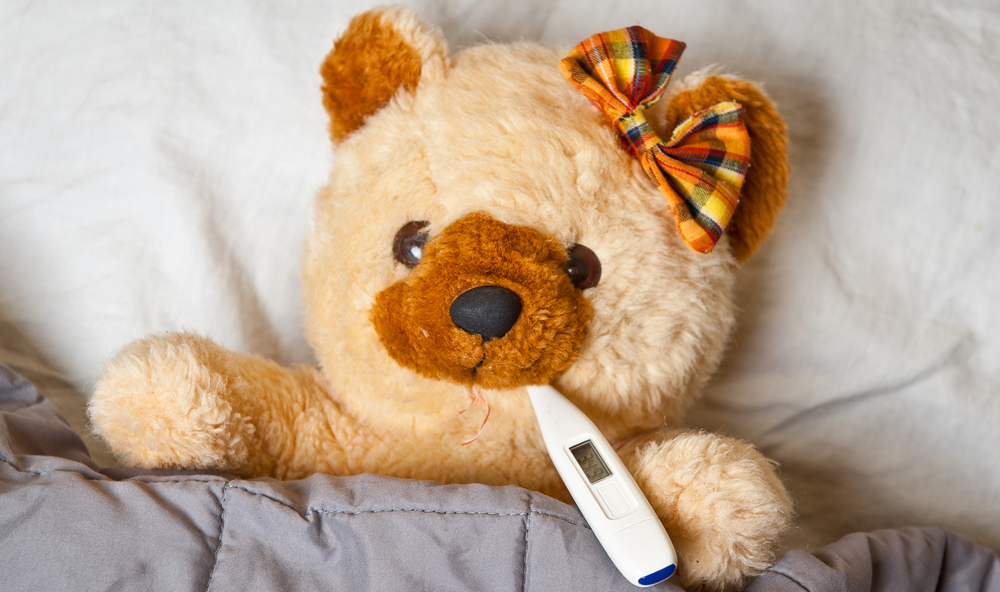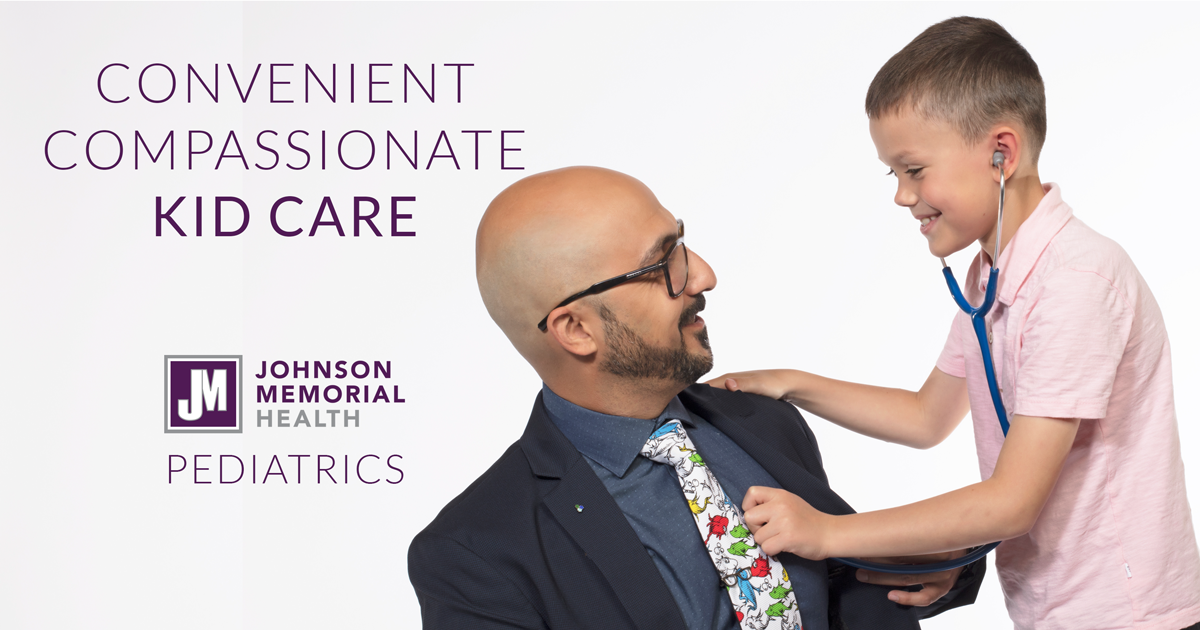 When a child's fever spikes, so does a parent's worrying.
When a child's fever spikes, so does a parent's worrying.
New parents especially become alarmed and tend to panic a bit when their child's forehead feels hot and a quick check of the thermometer reads above 100 degrees Fahrenheit.
While a fever can be concerning, most fevers are good for sick children. Fevers help the body fight infections.
Parents should monitor their children when they register a fever, and generally follow these guides for action:
- 100 to 102 degrees Fahrenheit (37.8 to 39 degrees Celsius) - These are considered low-grade fevers, which are beneficial and desirable when fighting an infection.
- 102 to 104 degrees Fahrenheit (39 to 40 degrees Celsius) - These are average fevers and still beneficial.
- Over 104 degrees Fahrenheit (40 degrees Celsius) - While considered a high fever and may cause discomfort, this range is still harmless.
- Over 106 degrees Fahrenheit (41.1 degrees Celsius) - These are high fevers, and it is important to bring them down.
- Over 108 degrees Fahrenheit (42.3 degrees Celsius) - These are dangerous, and can cause brain damage if not treated immediately.
The physicians at Johnson Memorial Pediatrics recommend these steps to help reduce higher fevers:
Give Your Child Extra Fluids and Dress With Less Clothing
Good hydration replaces sweat and improves heat loss from the skin. You should give cold fluids by mouth in unlimited amounts. You also should dress your child in one layer of light weight clothing and have him or her sleep with only one light blanket - avoiding bundling. This step is recommended as the only treatment for fevers between 100 and 102 degrees Fahrenheit (37.8 to 39 degrees Celsius).
Provide Medication If The Fever Causes Discomfort
For fevers exceeding 102 degrees Fahrenheit (39 degrees Celsius), you can give acetaminophen (Tylenol) or ibuprofen (Advil) - following package dosage charts. Use one or the other medicines, and do not alternate. These medicines usually lower fevers by 2 to 3 degrees. It is recommended that you avoid providing aspirin, which in some rare cases have caused a serious brain disease (Reye's Syndrome).
Apply Cool, Wet Sponges to Your Child's Forehead and Body
This is an optional treatment for higher fevers, especially those that do not come down after administering acetaminophen or ibuprofen.
Most fevers associated with viral illnesses fluctuate between 101 and 104 degrees Fahrenheit (38.4 to 40 degrees Celsius), and last between two and three days.
You child can return to child care or to school after the fever is gone for 24 hours and your child is well enough to participate in normal activities.
You should contact your pediatrician, though, if your child's fever repeatedly spikes higher than 104 degrees Fahrenheit (40 degrees Celsius), if the fever occurs for a child under 12 weeks old, the fever persists without a cause for more than 24 hours (if younger than 2), if the fever persists more than 72 hours or your child becomes worse.
If you have any questions, schedule an appointment with Johnson Memorial Pediatrics at 317.736.5515.

